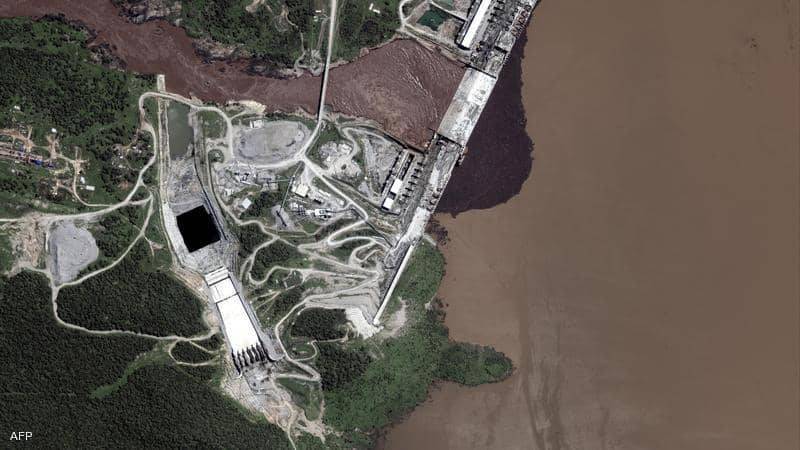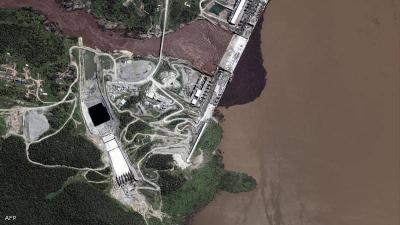In recent hours, what can be described as an Ethiopian diplomatic offensive has emerged against the Egyptian and Sudanese movements concerning the Renaissance Dam crisis, while Ethiopia's positions remain "stuck at the same constants." The goals of the Ethiopian movement appear to be to hold Cairo and Khartoum responsible for the stalemate in negotiations and to affirm the African role as the sole mediator in the talks.
The beginning was a letter to the United Nations Security Council, criticizing the positions of Egypt and Sudan and accusing the two countries of trying to thwart African mediation efforts. The content of the letter has been reaffirmed by the Ethiopian Foreign Ministry through its spokesperson, Dina Mufti. Mufti stated: "We submitted a letter to the Security Council outlining the facts related to Ethiopia's commitment to African Union mediation efforts despite the lack of cooperation from Egypt and Sudan in this regard. They undermine the African Union's efforts by suggesting the involvement of other parties in mediating the negotiations."
Despite the lack of substantial progress in negotiations over the years, the Ethiopian Foreign Ministry claimed that only African mediation can provide suitable conditions for resolving disputes. In this context, Mufti stated: "We affirmed in our message Ethiopia's commitment to the African Union's oversight of the negotiations, and that its efforts will be fruitful, and that negotiations under its auspices will create favorable conditions for resolving disputes."
Ethiopian Prime Minister Abiy Ahmed echoed the same messages, implicitly rejecting Sudanese Prime Minister Abdullah Hamdok's call for a tripartite summit involving the three countries' prime ministers. Abiy Ahmed claimed that assuming the negotiations had failed was incorrect and reiterated Ethiopia's position that the best way forward is to continue the three-party negotiations within the framework led by the African Union.
Ethiopian movements respond to the positions of Egypt and Sudan, which deemed the negotiations a failure, considering all options to address the dam crisis.
On the other hand, Ethiopia is making other "technical" statements that are difficult to verify regarding the safe design of the dam, voiced by Minister of Water, Irrigation, and Energy, Seleshi Bekele, who emphasized that the design of the Renaissance Dam was made in a way that does not cause any harm to the downstream countries, noting that “the lower outlets can complete the withdrawal of 50 billion cubic meters, which is the average annual flow of the Nile.”
Bekele mentioned that the lower outlets of the Renaissance Dam, recently completed, began operating at a total capacity of 1860 cubic meters per second. He explained that "when 13 turbines are started, with each allowing 330 cubic meters of water per second, this will allow a significant amount of water to be released downstream."
He added that the dam's situation is "reassuring," attributing it to "the safety and quality of the associated structures," and emphasizing that "the completion of the lower outlets ensures the continued flow of water to the downstream countries and supports the flooding of the Nile."
According to the Ethiopian minister, the capacity of each outlet at the dam is 930 cubic meters of water per second, with a total capacity of 1860 cubic meters per second, indicating that this means "the two together can discharge the entire flow of the Nile River within a year."
The Egyptian Ministry of Irrigation states that the Ethiopian claims that the two lower outlets will be able to pass the amount of water desired by the downstream countries are "incorrect." The Egyptian Ministry of Irrigation indicated that the current capacity of the outlets, which does not exceed 50 million cubic meters, does not meet the needs of the downstream countries.




